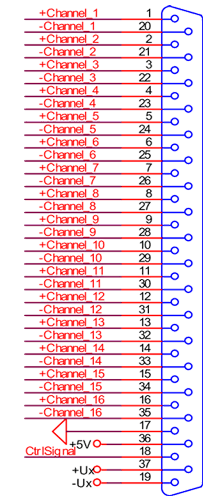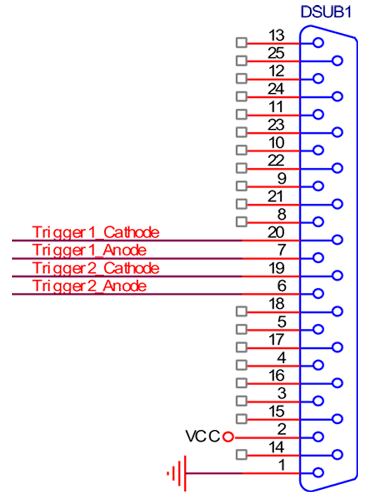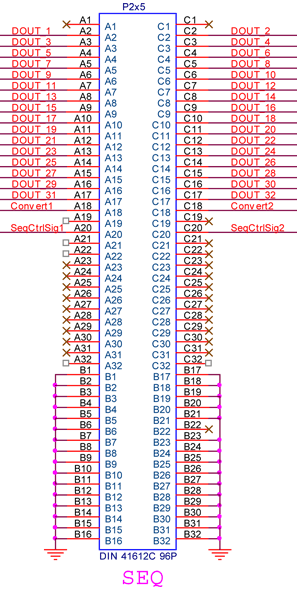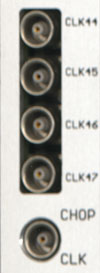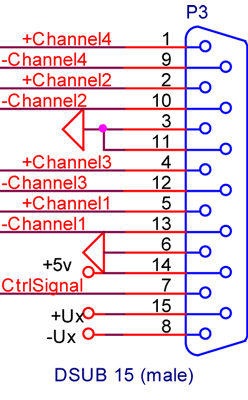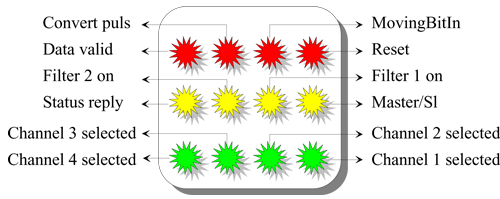IRACE Interfaces
Providing Detector Clocks:There are 16 clocks on each CLDC. Voltage levels are between plus and minus 10 volts, continuous current per channel is 20mA, peak current with 10% duty cycle and maximum duration of 100*s 80mA. Clock rise nad fall times are 50ns. |
 |
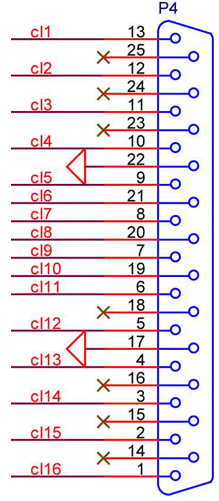 |
|
|
||
Providing Detector Clocks:There are 16 DC voltage on each CLDC. Voltage levels are between plus and minus 10 volts, continuous current per channel is 20mA, peak current with 10% duty cycle and maximum duration of 100ms 80mA. |
 |
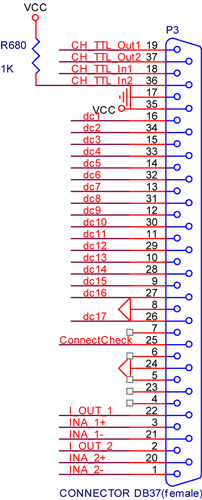 |
|
|
||
Monitoring of output Clocks:MCh1: Output of the first channel monitor. Push the white button to change to the next channel. The selected channel number is shown by the green color led in binary format. MCh2: Output of the second channel monitor. Push the white button to change to the next channel. The selected channel number is shown by the yellow color led in binary format. |
 |
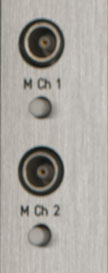 |
|
|
||
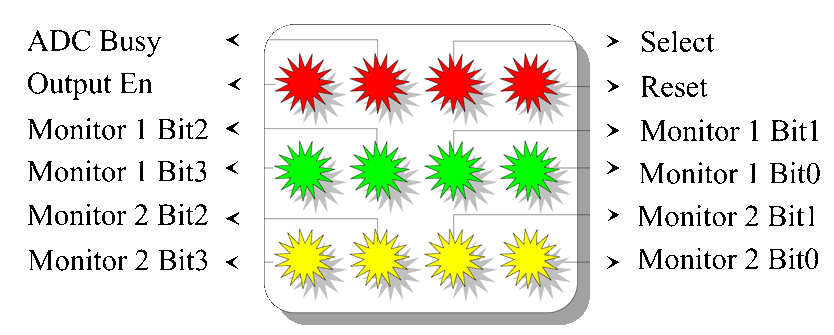 |
|
|
Providing standard RS232 port interface (11500 bps)The interface between workstation and IRACE system to send and receive commands.
This interface is used only by the PCI-Ultrasparc based IRACE systems, which is replace by giga-pci card. |
 |
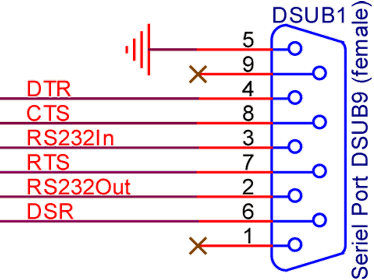 |
|
|
||
Providing 32 bis data busThe interface between AQ boards and Giga board.
The "SysClk" is 20 MHz. That mean a data rate of 80 MB/s can be reached. Pins A30, A31, C30, C31 are for the additional control bus (Status bus), which can be used to setup the not cpu- powered modules like AQ boards. Four SlotId bits (3..0) are for the address number of each AQ modules. |
 |
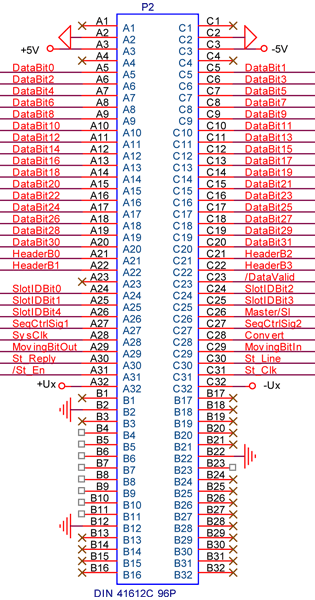 |
|
|
||
Providing interface between Data interface and Giga module based on VME busThose two slotes connect the user I/O pin of vme bus together, column A and C of P2 connector. |
 |
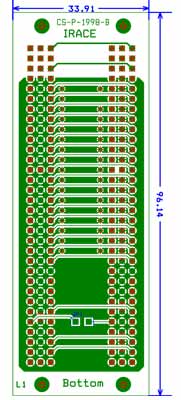 |
|
|
||
Fiber optic cableUp to 2 Km fiber cable for the interface between frond-end electronics and back-end. |
 |
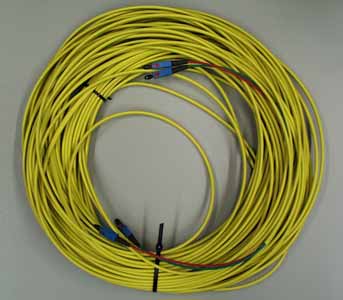 |
|
|
||
VME64 is a mechanical and electrical 'superset' of the original IEEE 1014-1987 standard. It offers new features such asLarger, 64-bit data path for 6U boards. |
 |
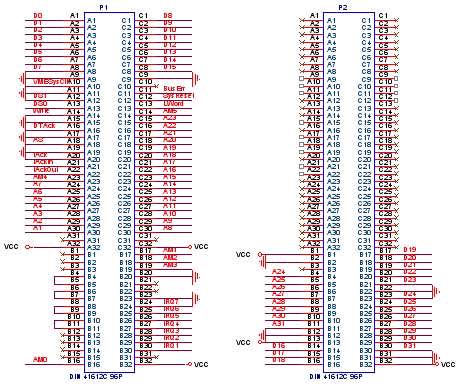 |
|
|
||
Providing standard parallel port interface (BPP mode)The interface between workstation and IRACE system to send and receive commands.
This interface is used only by the SBUS-Ultrasparc based IRACE systems. |
 |
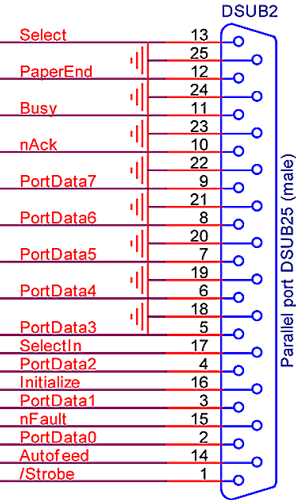 |
|
|
||
SIEMENS V23826-K15-C53/C353Compact integrated transceiver unit with: |
 |
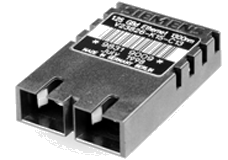 |
|
|
||
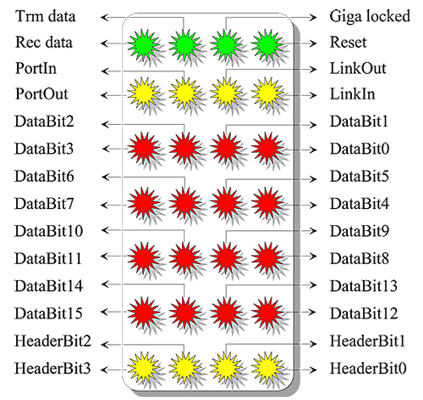 |
|
|
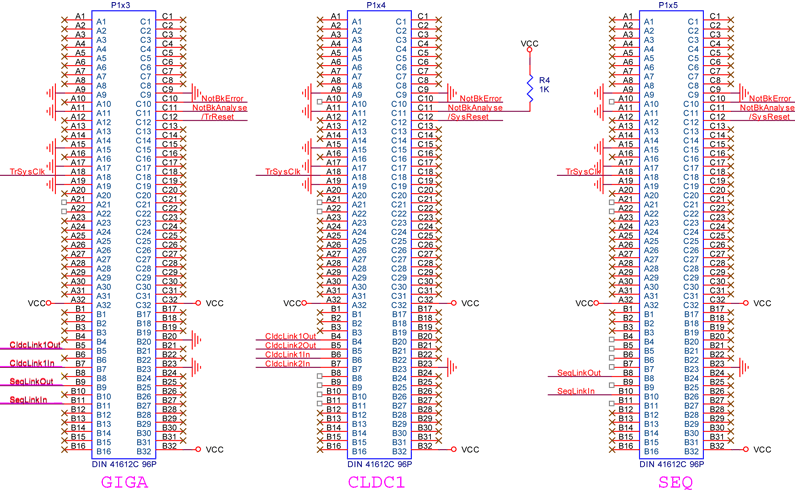 |
|
|
Monitoring of input signals:Signal plus +. Signal minus - Differential signal of both signal plus and minus. Push button to change to the next channel. Convert signal |
 |
 |
|
|
||
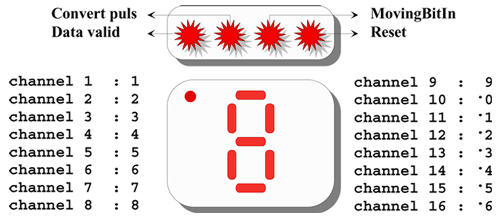 |
|
|

